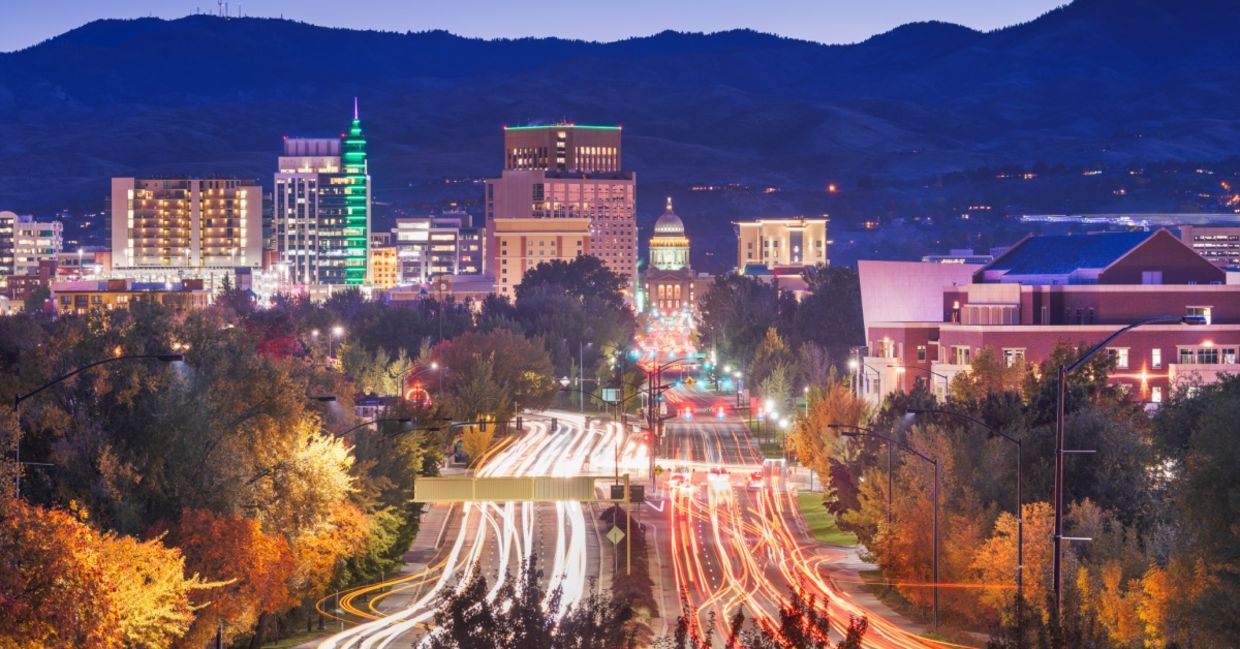
(Sean Pavone / Shutterstock.com)
Having a warm and toasty house on a cold winter day is cozy and comforting. But there is nothing better than knowing that the energy that provides your heating is clean and environmentally friendly.
Happily for residents of Boise Idaho’s, the capital city is located above a source of natural and carbon free heat, reported The Arbiter. This is the largest geothermal system in the US.
“When we talk about geothermal in Boise, we are talking about something different than most of the rest of the country,” Amy Parrish, Boise State University’s sustainability director told The Arbiter. “Our geothermal system is essentially tapping into a hot spring that sits under Boise — and that’s unique, it’s not something that a lot of communities have access to.”
Hot Water Springs
So where does this hot water come from? The NYT reports that Idaho is a state that is filled with hot springs due to fault lines that expose groundwater to hot rocks. This water can reach temperatures of 170 degrees Fahrenheit (about 77 degrees Celsius), which is really quite hot. Boise takes advantage of those naturally heated waters by using them to warm over 500 homes, businesses, and government buildings.
The city uses a closed-loop pipe system that draws the water from wells in the foothills of Boise into the buildings and then back out to be heated by the hot springs again.
“We pump the water up, we borrow the heat for buildings, and then we put it right back in the aquifer again,” Tina Riley, Boise’s geothermal development coordinator told NYT.
For Over 100 Years
Residents of Boise have been using the hot springs to heat buildings since the 1890s. The local swimming pool was heated geothermally, as were a Victorian mansion owned by the head of the water company, and a whole district of 100 houses known as the Boise Warm Springs Water District.
In the 1970s the oil crisis brought about a renewed demand for hot-water based heating, and over the past 40 years the number of buildings in the city, including the Idaho statehouse, a hospital and a univerity, that are heated this way has grown over sixfold.
Beyond the pleasant heat, there is also another advantage to Boise’s geothermal system. City officials calculated that using this system has saved 6,500 metric tons of carbon dioxide being released into the atmosphere a year. That’s the same as taking over 1000 cars off the roads.
This is a gift for Boise businesses and institutions that want to go carbon-neutral. According to The Arbiter, Boise State University has pledged to be carbon neutral by 2050. In order to advance that goal three of the buildings on campus are heated geothermally.
The use of geothermal heating in Boise, Idaho is proof of the many ways in which nature’s wonders can be harnessed to make a cleaner and more environmentally friendly world.
YOU MIGHT ALSO LIKE:
Harnessing Heat From the Earth
How This City Deals With Snow Will Leave You in Awe
New Tech Can Make Geothermal Energy as Common as Solar Power







